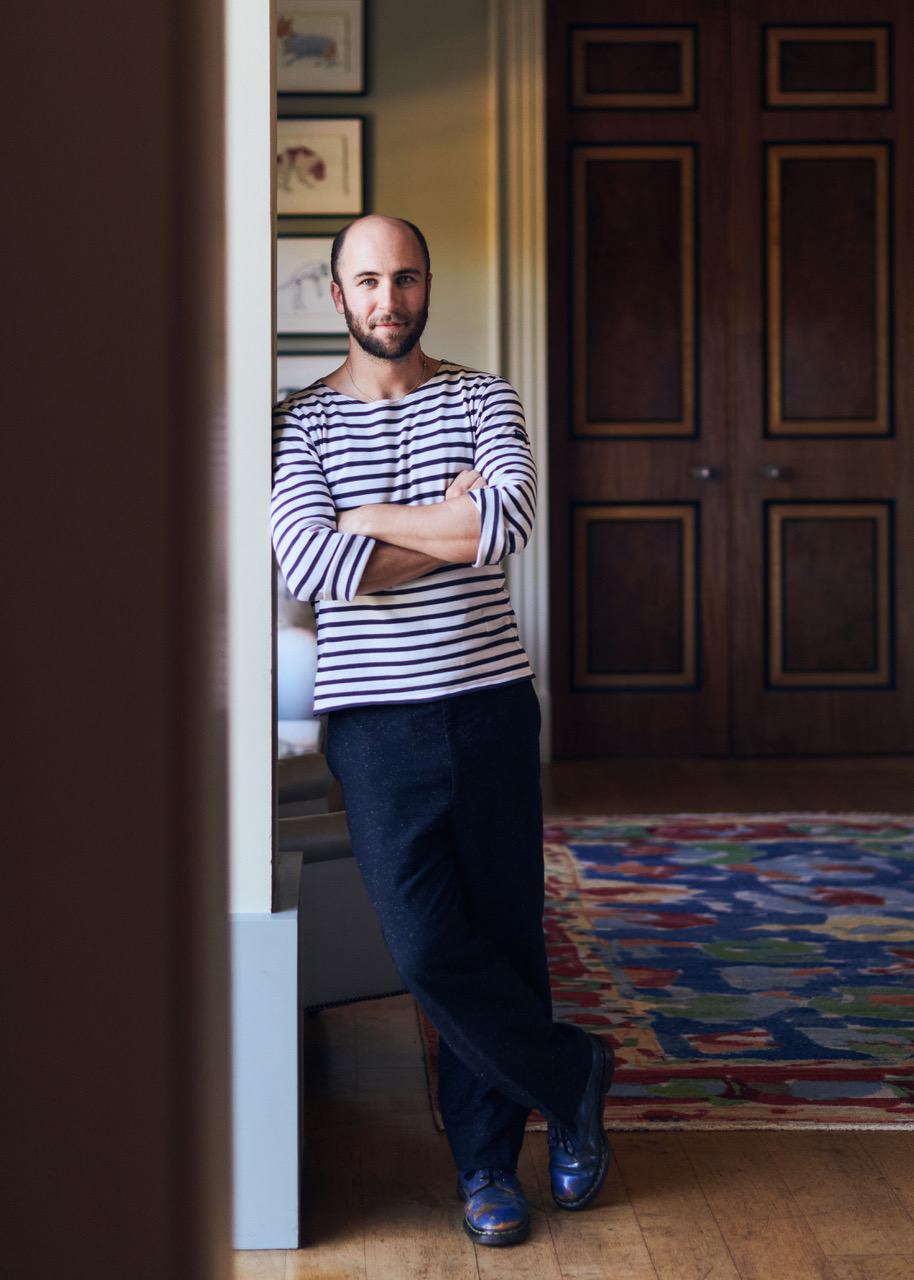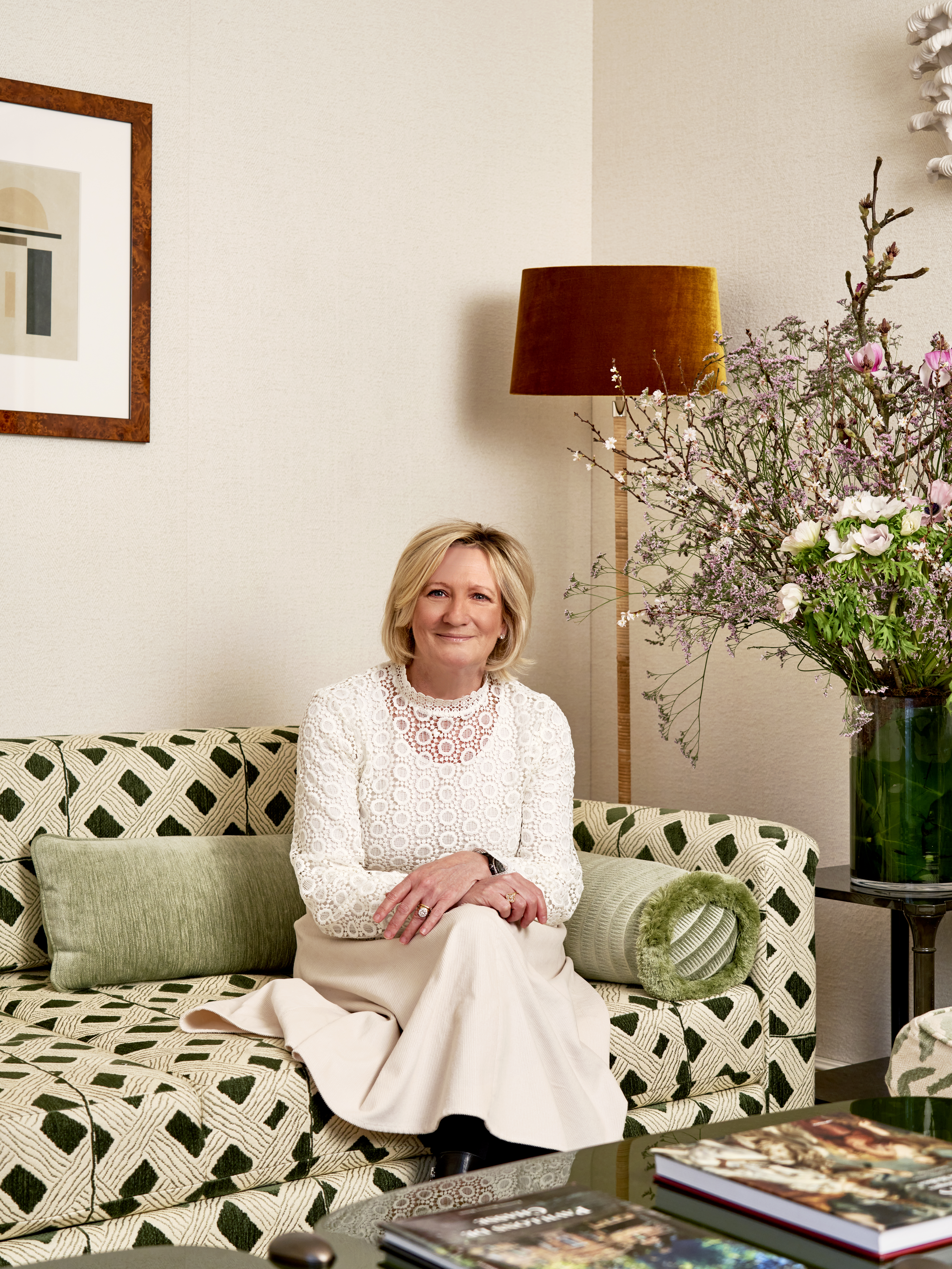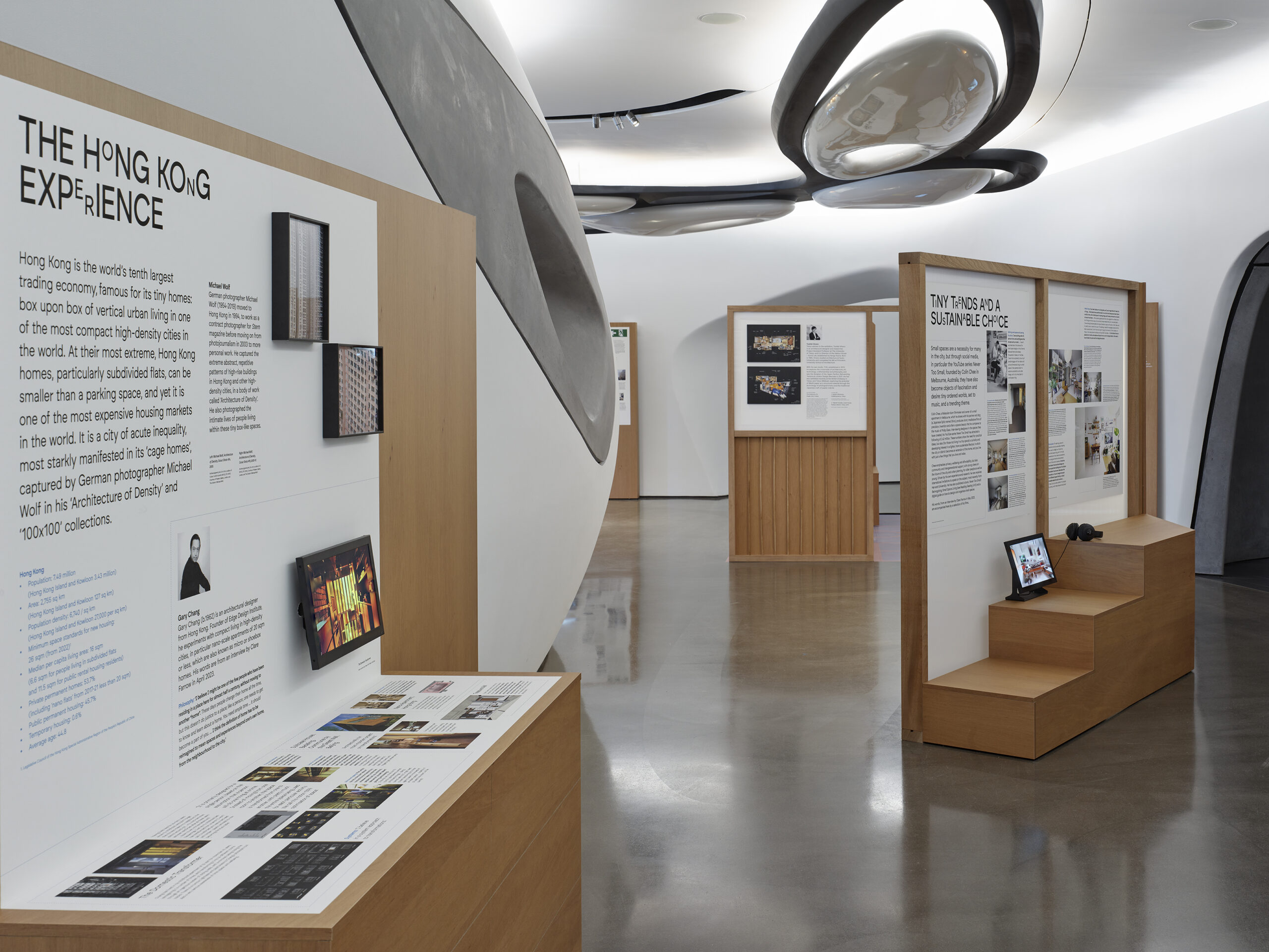Chanel Exhibition: A Captivating Showcase
We visited the V&A's exhibition, a reinterpretation of the Palais Galliera showcase in Paris in 2020, which unravels the story of Gabrielle Chanel in a display both dazzling and brutally honest. Commencing and concluding with elements of utmost simplicity, the exhibit encapsulates the evolution of the iconic designer through the ages.
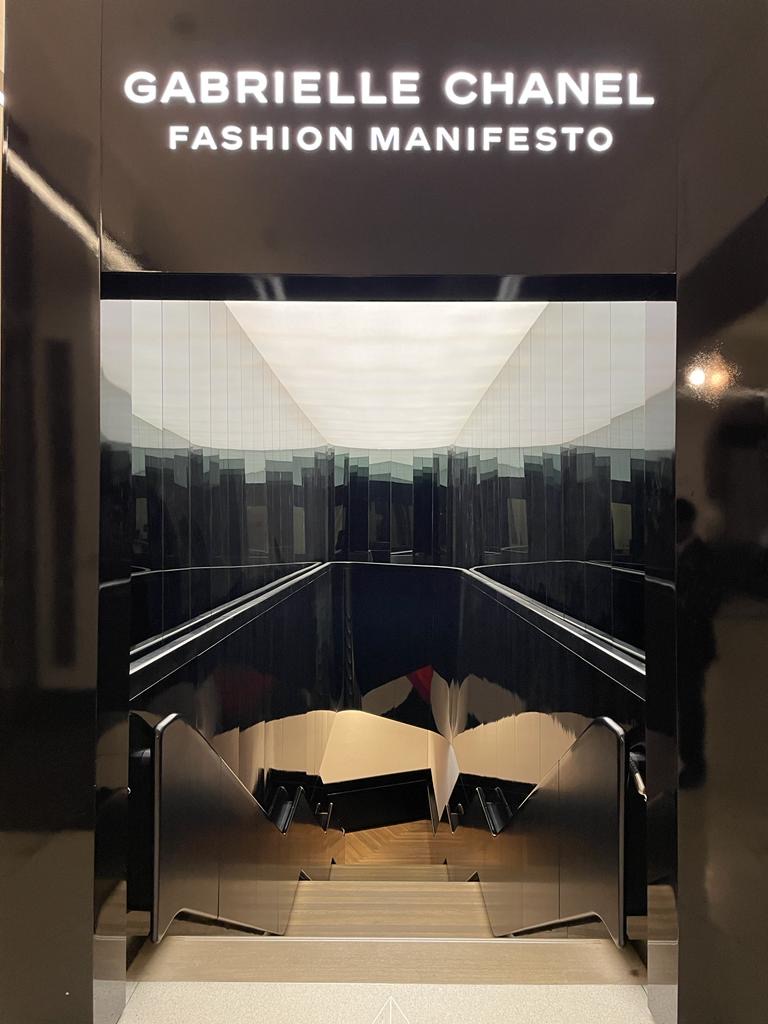
The exhibition's commencement invites visitors with the radiant ivory folds of a silk jersey blouse featuring a sailor collar, dating back to 1916. Its unadorned simplicity signifies Chanel's foundational embrace of understated ease. In stark contrast, the concluding piece is a severe black worsted suit and hat from 1969, purchased by the V&A in 1978. These seemingly unremarkable garments, framing the expansive display, speak volumes about Chanel's journey.
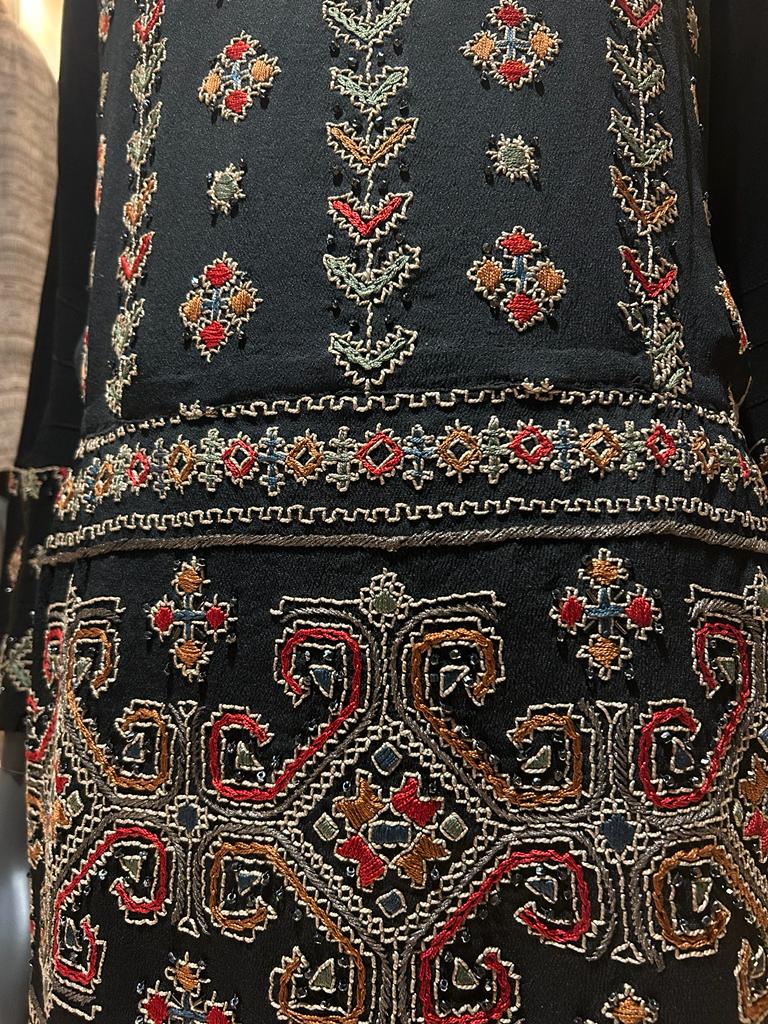
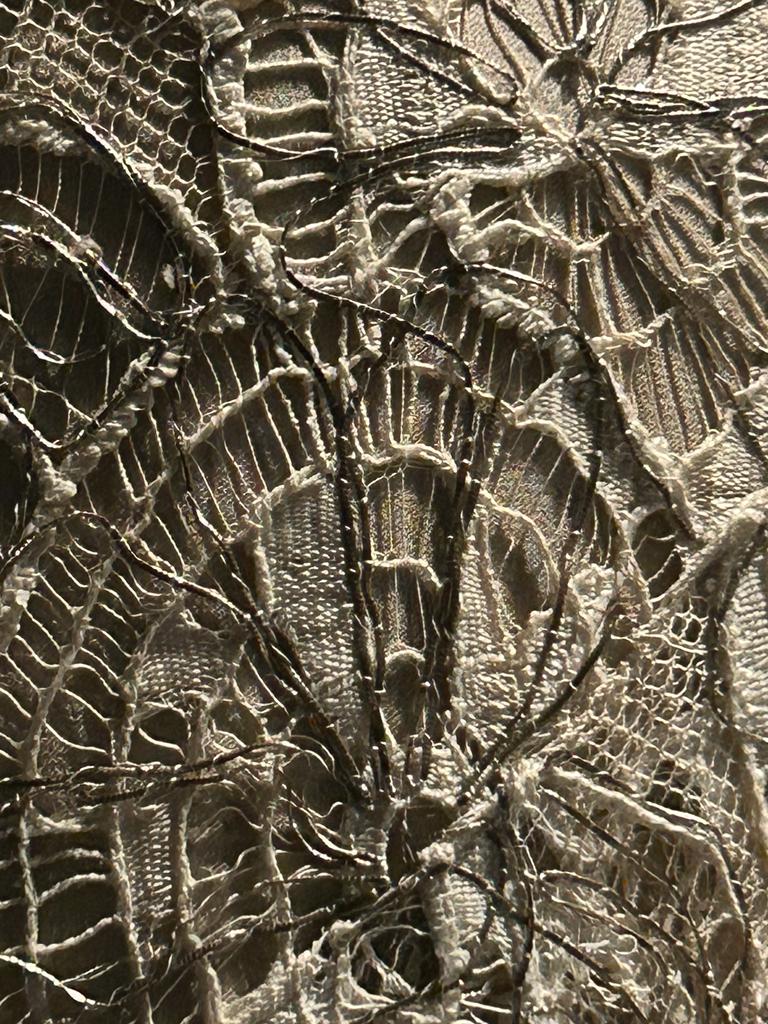
The heart of the exhibit lies in the meticulous curation of over 200 suits, dresses, and quilted handbags, showcasing a prolonged narrative of sartorial elegance. Despite the simplicity of the initial and final garments, the cumulative effect is profoundly stunning, and left us entranced by the sheer opulence on display. Chanel's narrative, woven through the garments, is as compelling as her designs.
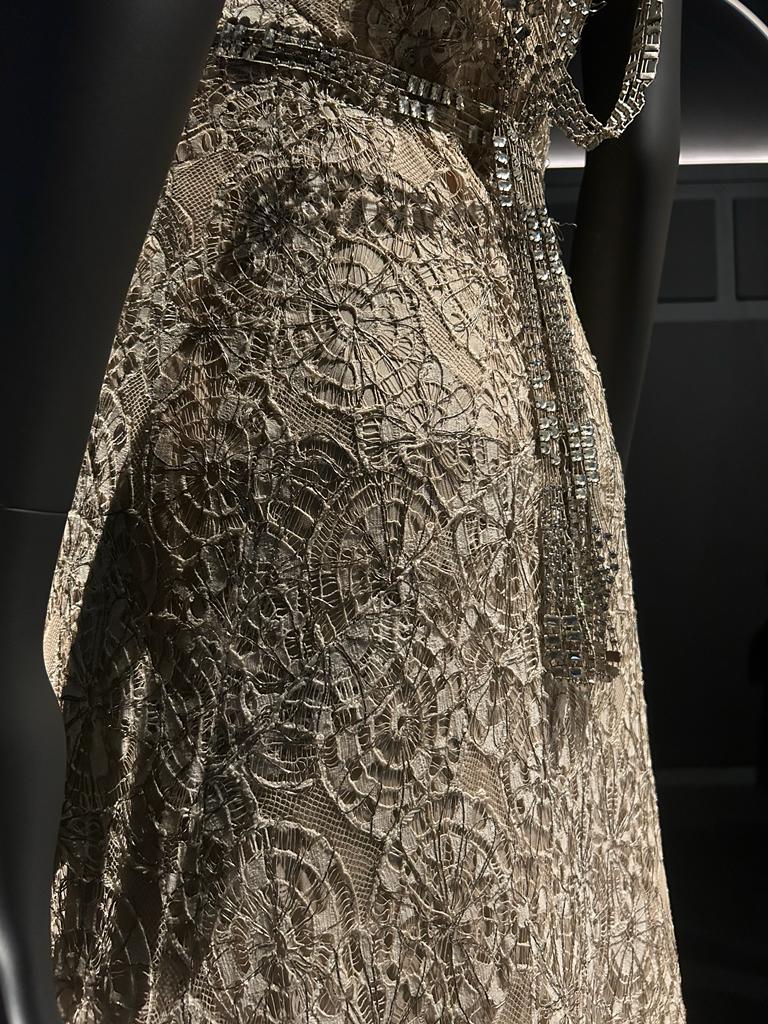
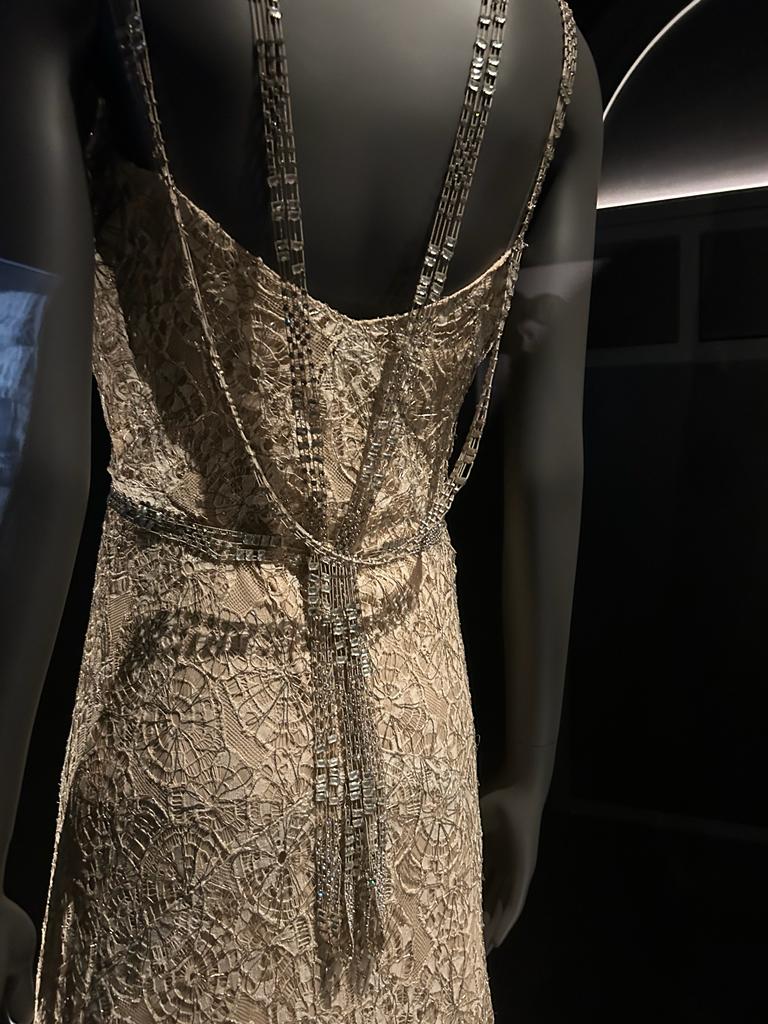
Born in 1883 in the Loire under humble circumstances, her trajectory from a convent seamstress to a revolutionary figure in the world of fashion is captivating. The V&A highlights her audacious move from a poor, illegitimate background to establishing the first Chanel boutique in Paris in 1910, backed by her English lover, Arthur "Boy" Capel.
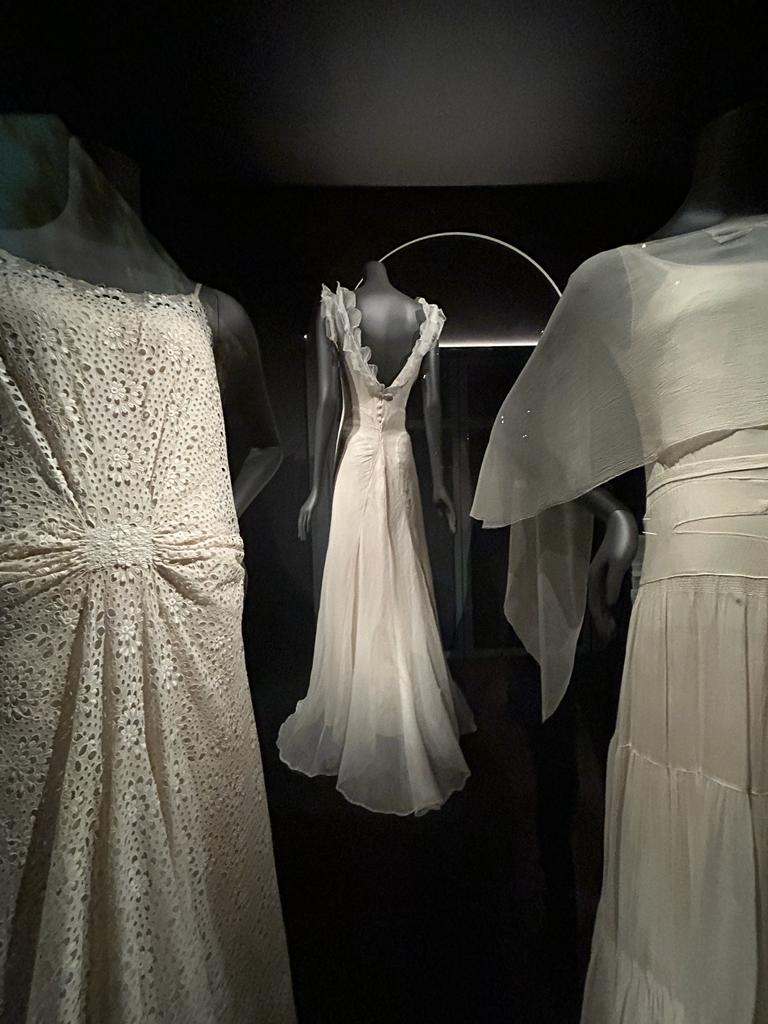
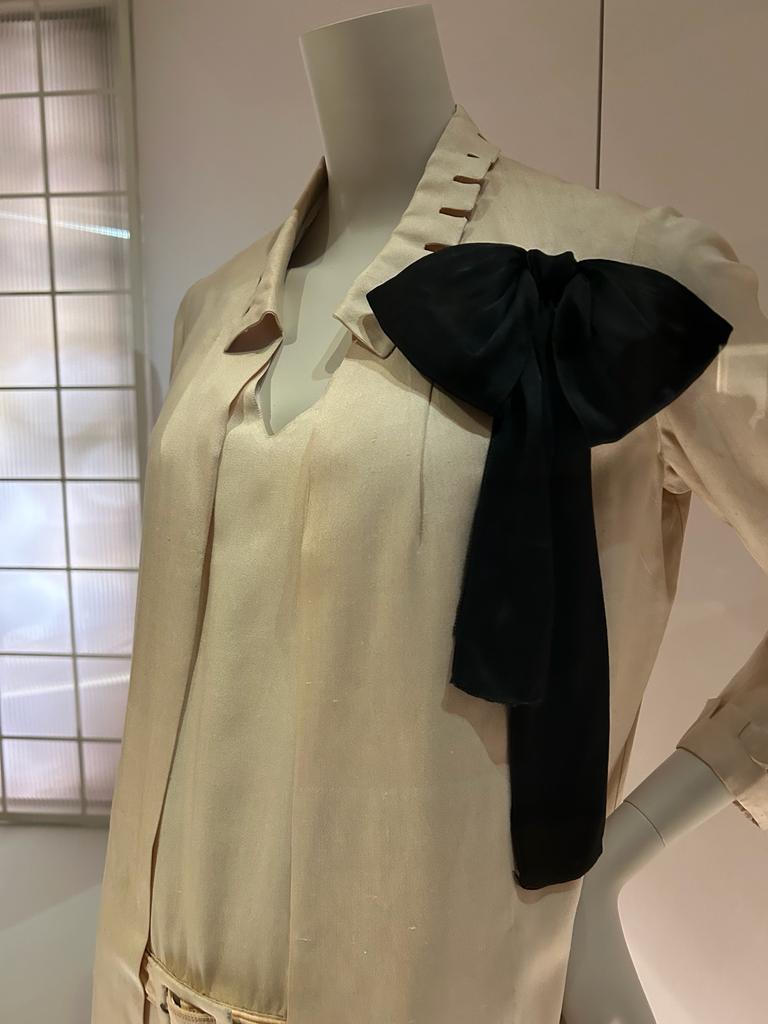
The exhibit meticulously unveils her evolution, from venturing into sportswear in seaside towns like Biarritz to establishing her couture house at 31 Rue Cambon in 1918. Chanel's calculated marketing as a purveyor of modernity, her introduction of black dresses (previously reserved for mourning), pyjama suits, and innovative materials, forms the crux of her revolutionary impact.
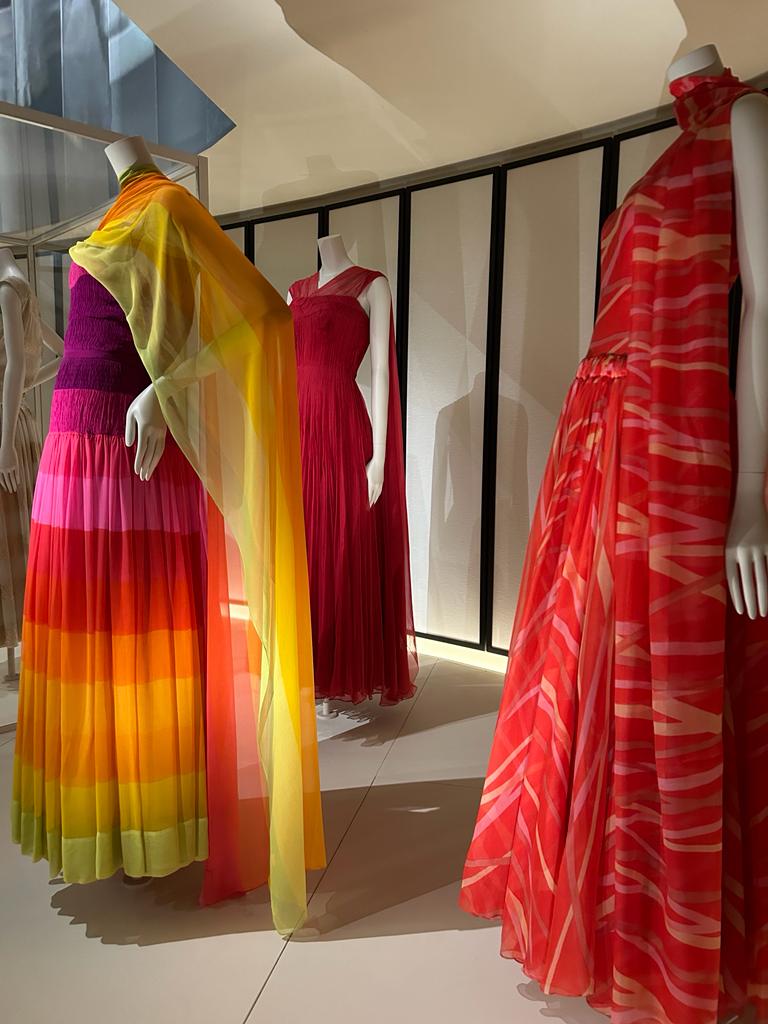
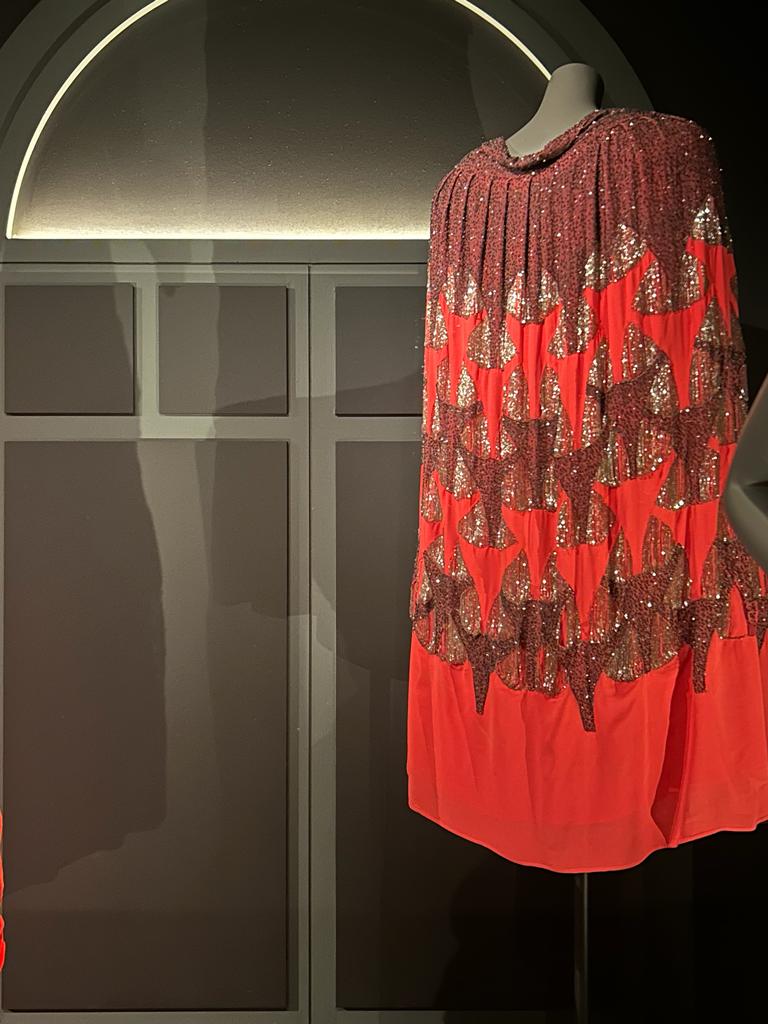
Chanel's pragmatism during World War II is laid bare, depicting her closure of the house and her connection with Hans Günther von Dincklage, a German spy. The exhibition hints at her complex wartime activities, suggesting her occasional involvement with the French resistance.
Contrary to romanticised notions, Chanel is not portrayed as a feminist hero. While her impact on fashion is undeniable, her true genius lies in salesmanship. The introduction of Chanel No 5 in 1921, followed by its integration into various products, including brilliantine, showcases her visionary approach. The exhibition invites visitors to explore travel-size cosmetics from the past, hinting at Chanel's foresight into the future of beauty products.
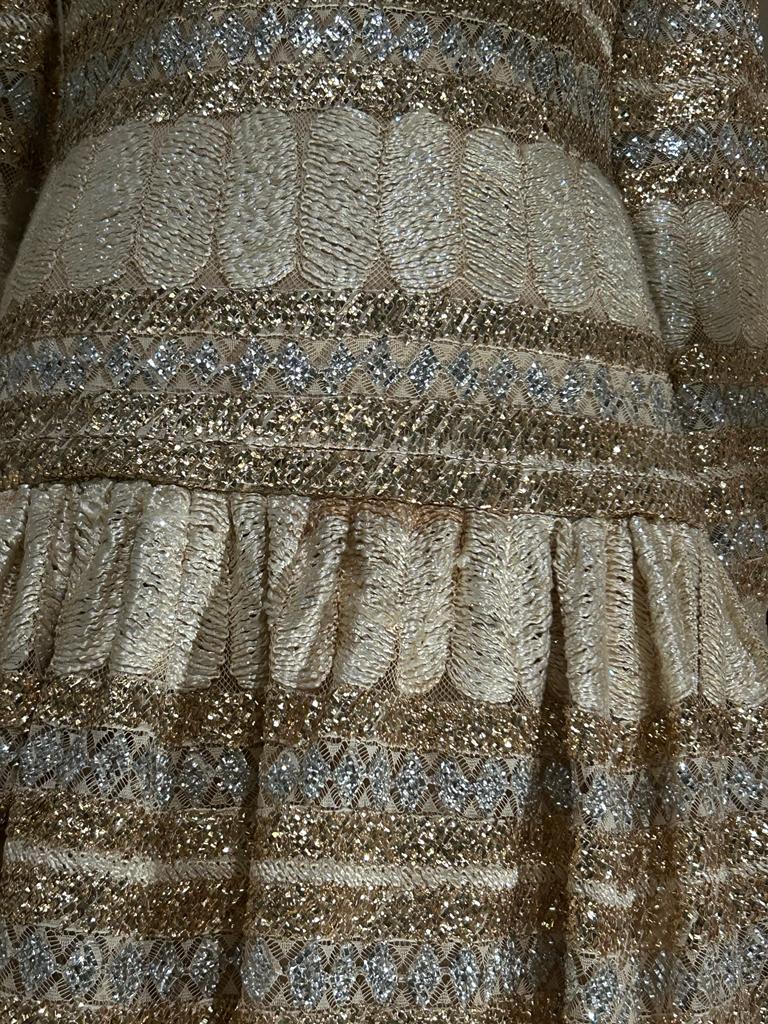
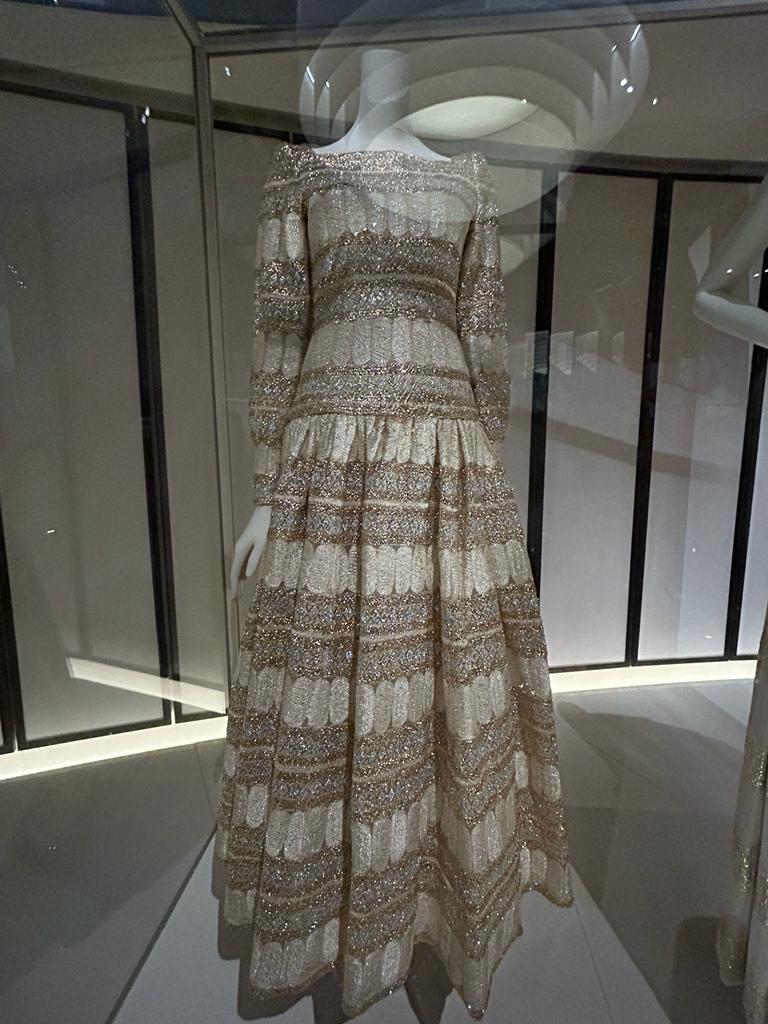
Curated by Oriole Cullen, the exhibition deftly blends chronological and thematic elements, resembling an old-fashioned department store. The chronological progression, from evening wear to her famed suits, creates an immersive experience. The cumulative effect of the displays, from a black sequin trouser suit in 1937 to a pink lamé tunic in 1968, is stunning. The recreated mirrored staircase at Rue Cambon, adorned with a gown on every step, prompts contemplation on the purpose of such magnificent creations, seemingly untouched by human wear.
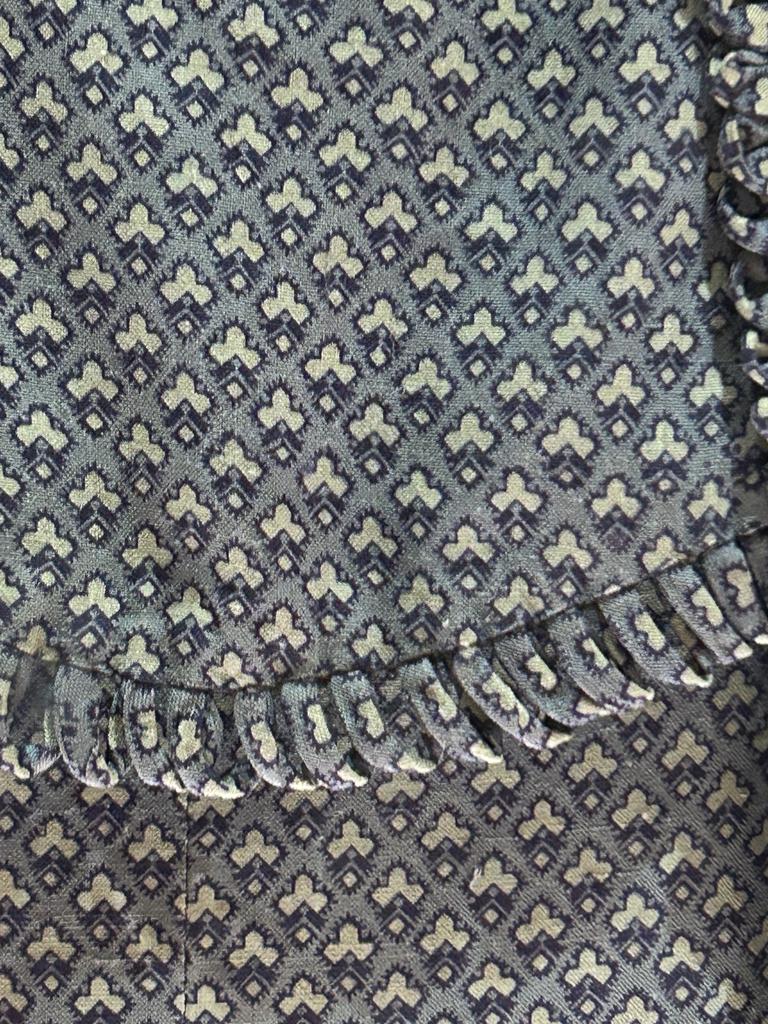
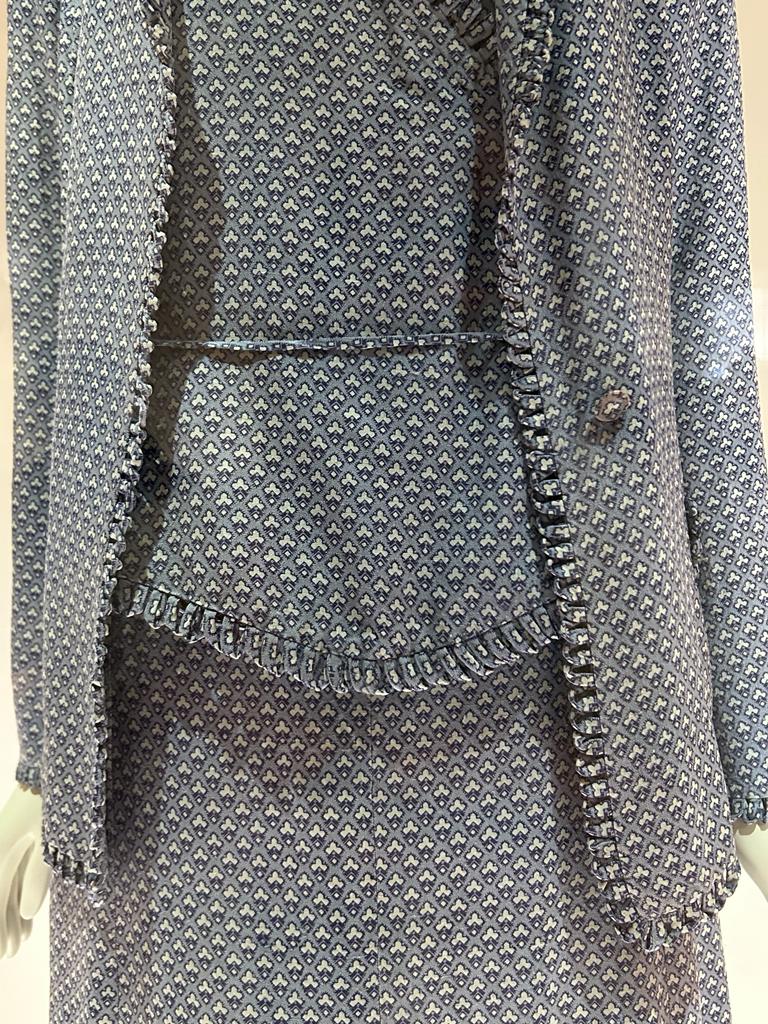
The V&A's Chanel showcase transcends the realm of fashion, offering a profound exploration of an icon's journey and impact. The exhibition seamlessly intertwines elegance, audacity, and Chanel's unapologetically pragmatic approach, leaves one in awe of her enduring legacy.
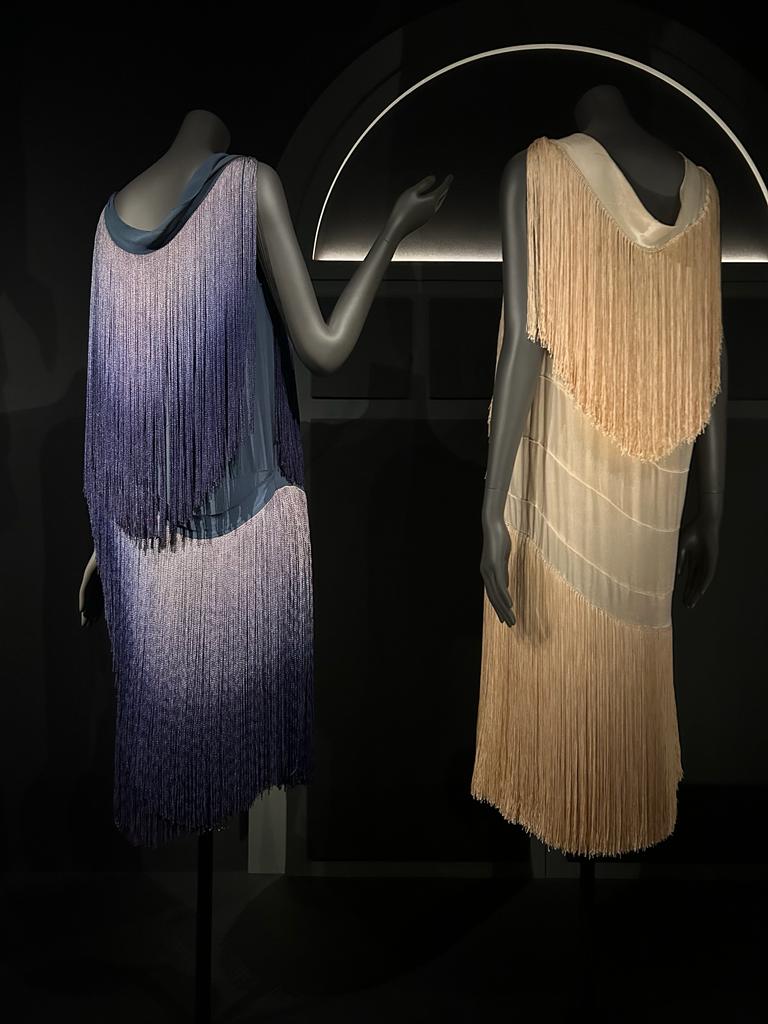
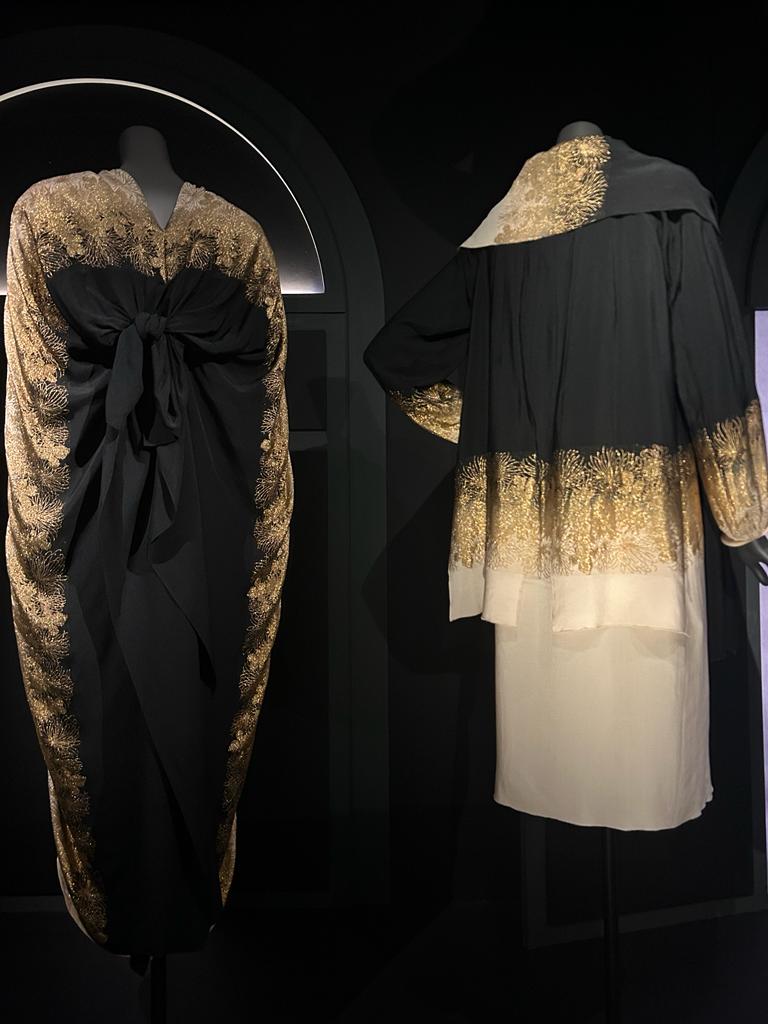
Gabrielle Chanel: Fashion Manifesto at the V&A, until 25th February 2024.
